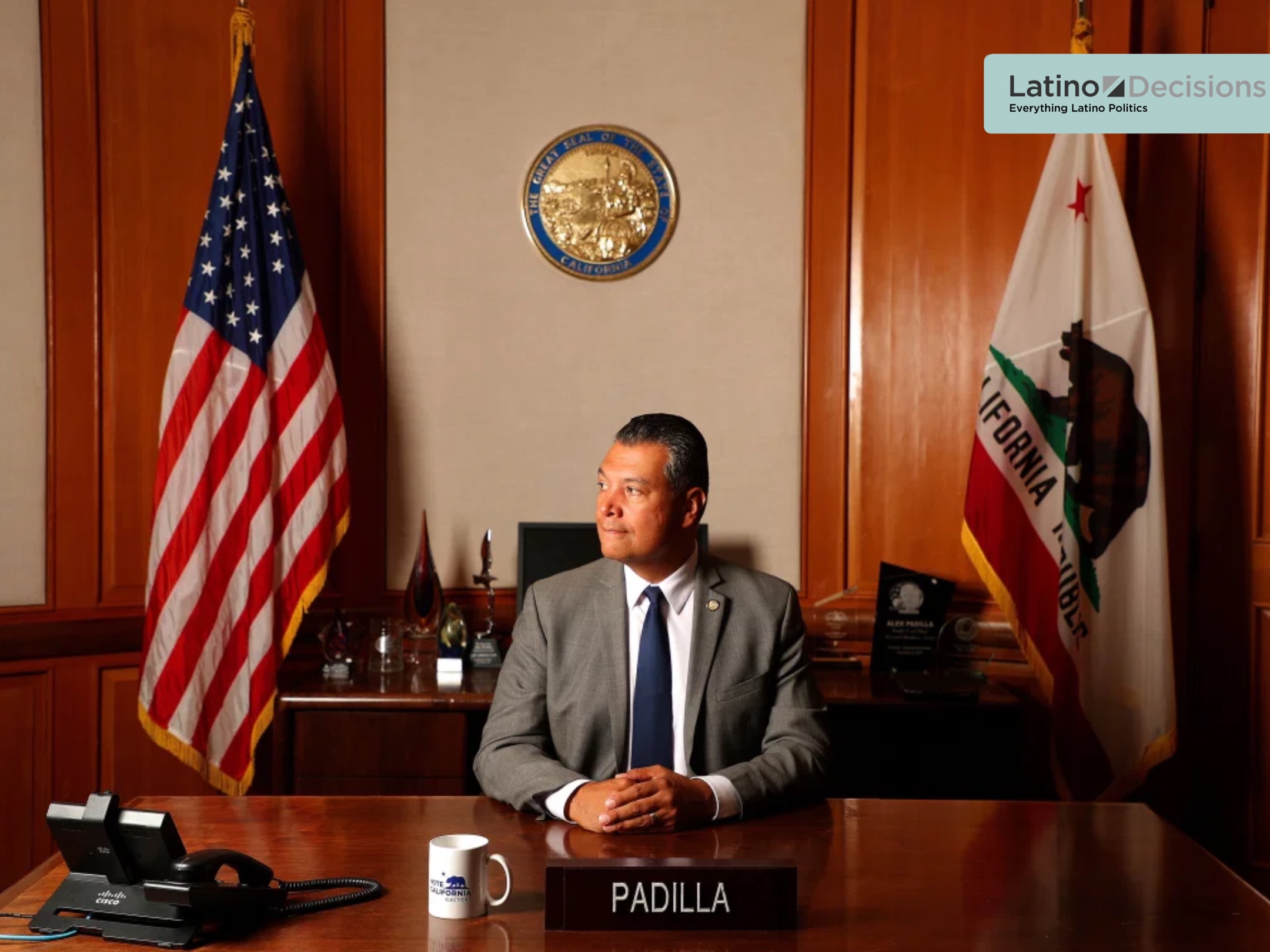What happens under the pink dome in Texas doesn’t stay under the dome, according to a new Latino Decisions/Texas State Teachers Association (TSTA) survey conducted among Hispanics in the state’s three largest border communities (El Paso, Laredo and the Rio Grande Valley). The study finds these Texans are deeply connected to their local schools, making them keenly aware of the $5 billion cut to public schools enacted by the Texas legislature in 2011, and the consequences that followed. Despite these realities, there is strong evidence these communities remain supportive of local teachers and committed to their children’s educational success.
When asked about their familiarity with the 2011 budget cuts, 67% knew about the decreased spending, and cited specific local consequences. Fewer teachers, crowded schools, and cuts to after-school and extracurricular programs were among the most commonly identified outcomes. For these Texans, funding cuts to public education is a one-sided debate. Not a single respondent named a positive outcome that resulted from the cuts. The question was open-ended, but no one mentioned lower taxes, spending efficiencies, or any local condition that might justify the action. To the contrary, the cuts have been felt on a personal level and are seen as an obstacle to the high aspirations they hold for their children.


Education is Personal
In a parallel to the mounting research that shows immigration policy resonates with Hispanics because they know those personally affected, the lives of Hispanics along the Texas border are deeply intertwined with their local public schools. Considering the lower median age among Texas Hispanics, (26 years old among Texas Latinos, compared to 41 years old among non-Hispanic white Texans), it is not surprising that 77% have children currently or previously enrolled in local public schools. The connections to schools extend into personal networks too, nearly 40% have close family and friends who work for their local district. And, of course, the public schools are civic hubs that sustain community. The vast majority volunteer and fund-raise for their local schools, and 82% attend school-sponsored public events, from school board meetings, to school plays, to Friday night football games. Texas public schools are at the heart of these communities: their children attend, their friends work there, and they bring people together for various forms of civic participation.

The Aspiration and Election Connection
Recently, the legislature has taken steps to partially restore funding cuts. It is unlikely Hispanics will credit lawmakers for minimal changes, should they occur. Proposed restored funding falls far short of pre-2011 funding levels, while enrollment has grown rapidly since the 2011 cuts, with increases expected for decades to come. Thus it is unlikely that limited increases would make noticeable improvements.
Perhaps more challenging for legislators wanting to claim credit for meager improvements are the high educational aspirations Hispanic parents have for their children. Over 90% of Hispanic parents want to see their children at least graduate college, and over 60% set their sights on a graduate or professional degree for their children. Further, Latino parents trust public school teachers more than anyone else to ensure their children’s educational success. In fact, 75% support tapping the Rainy Day Fund to increase funding to support public school teachers.

The results present a clear warning to those who promote blue collar job training for Hispanic students over increased access to a college education. When asked if it is better for their children to secure a job full-time after high school, or go to college full time, Hispanic parents chose full-time college over the job 85% to 10%.

State Republicans may hope their relative silence on immigration and ethnic politics this session will improve their standing with these communities. But, the importance of public education to border area Texans should not be underestimated. Our findings demonstrate education policy commands significant attention and concern, and we observed the mobilizing effect of education budget cuts in three different state legislative contests last November. Three incumbent Republican legislators lost their seats to Latino Democratic challengers when their support for the $5 billion dollar cuts, and the specific negative outcomes of those cuts, became the defining campaign issue.
While the survey was limited to border communities, it should be considered in the context of rising national interest in Texas and the demographic changes that hold the promise of making the state politically competitive. Organizers, most notably Battleground Texas, are already hard at work planting the seeds for such change. Close ties to teachers, participation in school-sponsored events, and personal investment in their children’s educational success provides fertile ground for such efforts. Approximately 2.4 million people — or 9.1% of the entire Texas population — reside in the border regions included in the study. The potential local and collective impact these Texans can have in state and local politics should not be underestimated, or ignored.
[Click for full toplines results.]
Methodology: Latino Decisions interviewed 400 Latino adults who reside in El Paso, Laredo and The Rio Grande Valley. The poll was conducted between March 14 and March 24, 2013, and all respondents were selected at random in both landline and cell-phone only households. The nominal margin of error is +/- 4.9%. Interviews were conducted in Spanish and English at the subject’s discretion.
Sylvia Manzano is a senior analyst at Latino Decisions.


